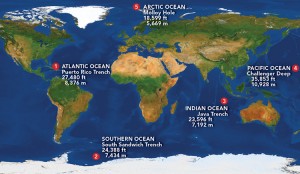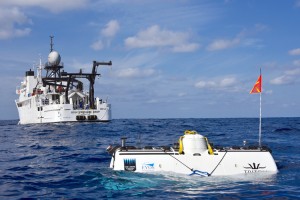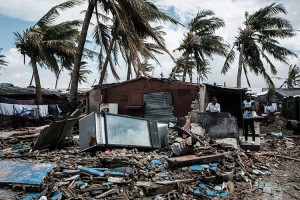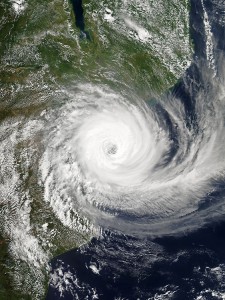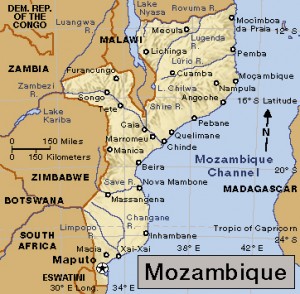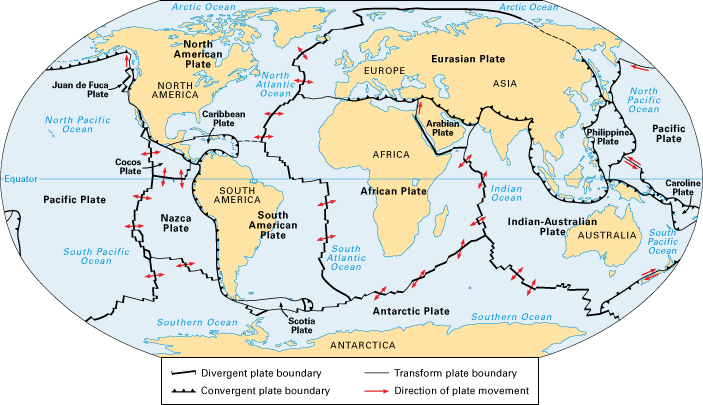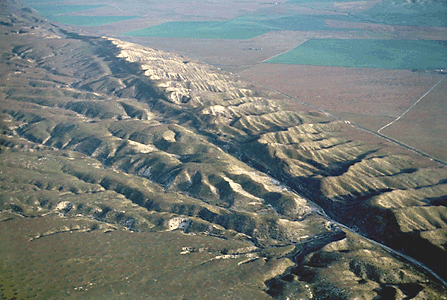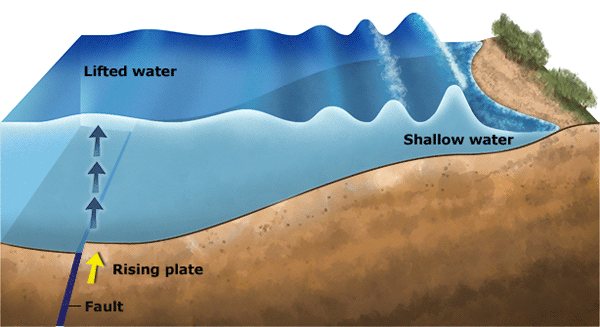Deadly Storm Floods South Africa
Tuesday, April 19th, 2022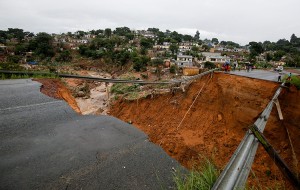
As a result of April 2022 flooding, a river burst its banks and destroyed a bridge in Durban, South Africa.
Credit: © Rogan War, Reuters/Alamy Images
Several days of heavy rain have caused severe flooding and mudslides on the east coast of South Africa. A new storm came off the Indian Ocean on Tuesday, April 12th, destroying bridges, roads, houses, and other structures. The storm hit the city of Durban, South Africa’s chief seaport and one of its largest cities, killing at least 443 people. Officials report that 63 people remain missing amidst the damage in the province of KwaZulu-Natal.
The influx of rain is a result of a weather phenomenon called a cut-off low, which occurs when a low-pressure system is disrupted and moves slowly across an area. The storm produced the heaviest rains in South Africa in 60 years and is the deadliest storm on record in the country. Meteorologists estimate that over a month’s worth of rain, nearly 12 inches (30.5 centimeters), fell in one day in Durban.
The downpour of rain caused mudslides that washed away entire hillsides, destroying nearly 600 schools and 60 health facilities. More than 12,000 homes have been damaged from the flooding and mudslides. Some schools were in session during the storm, trapping students and teachers inside. Many people sought higher ground and climbed on top of roofs to stay out of reach of the rushing water and mud.
The flooding also washed out complete roads and bridges. One bridge outside Durban collapsed, leaving people stranded on both sides. The rushing water knocked out all power in the area. The mudslides and damage cut off the supply of clean water. Stacks of shipping containers have collapsed into the water.
Rescue efforts continue to find missing people believed to be underneath houses affected by the mudslides. South African President Cyril Ramaphosa visited with people affected by the disaster and pledged to help rebuild the community.


